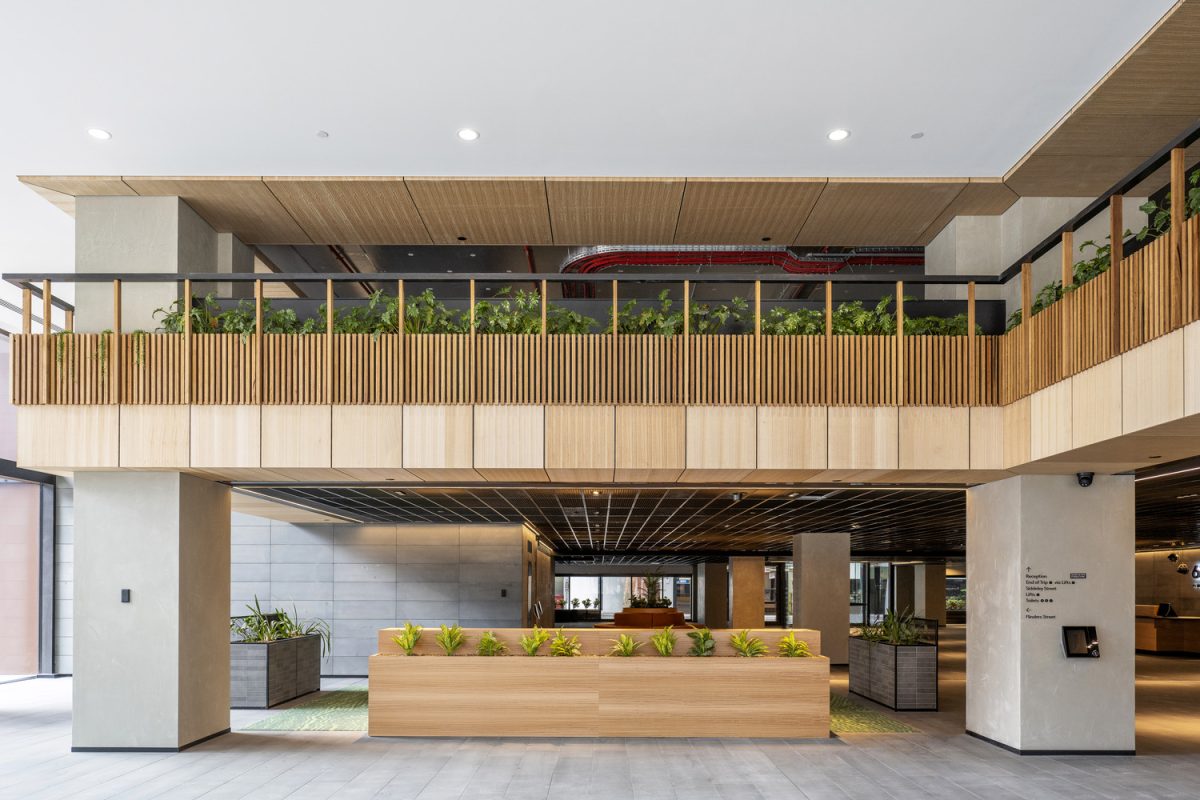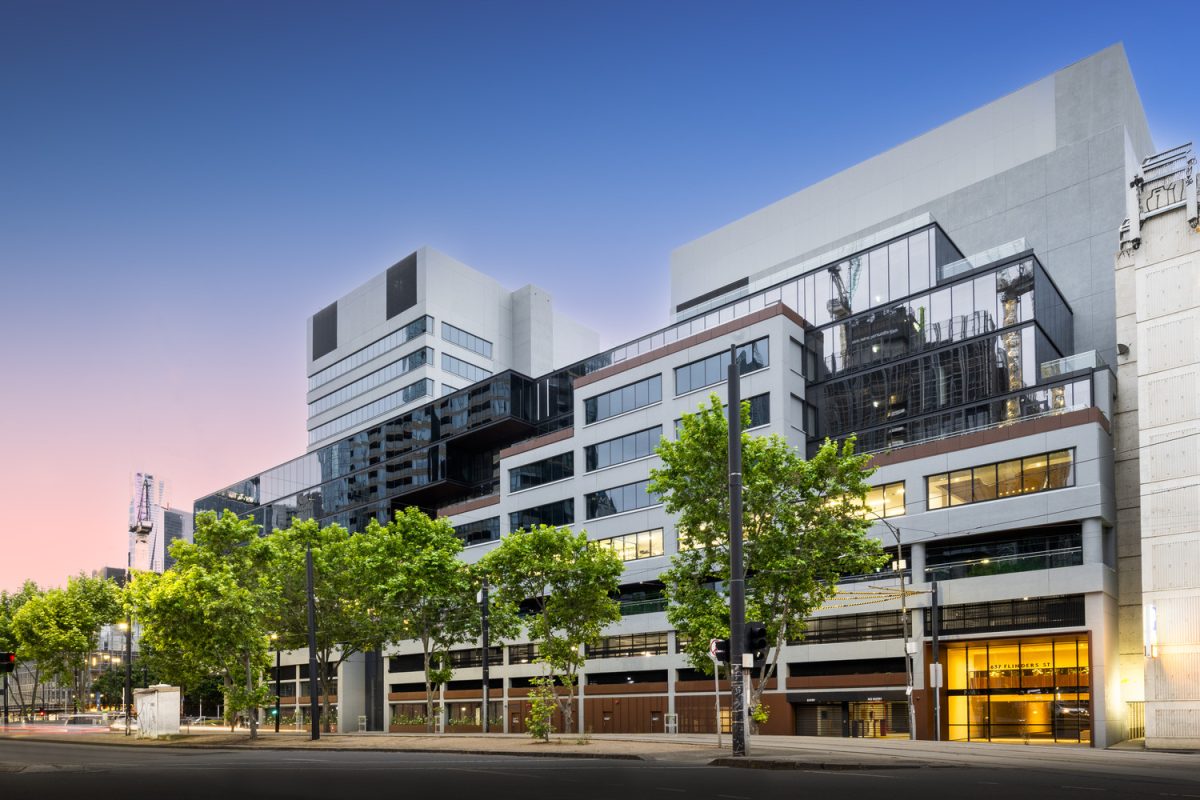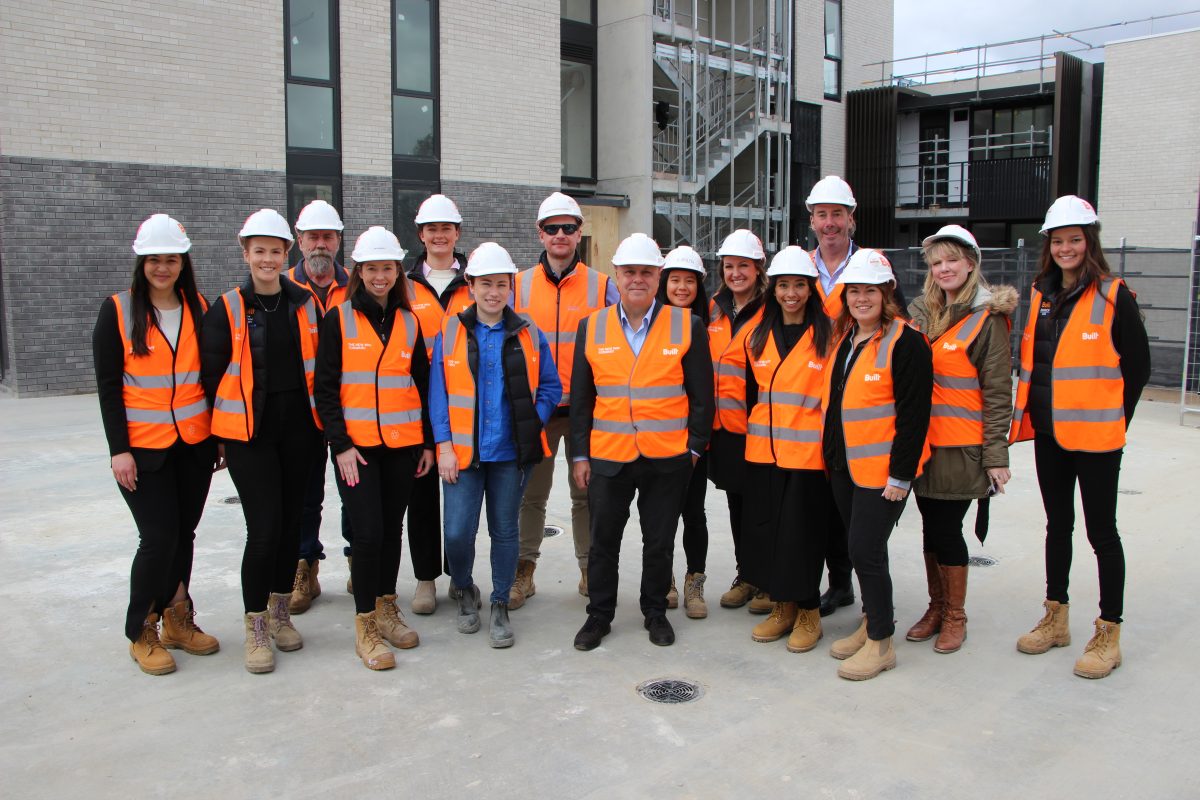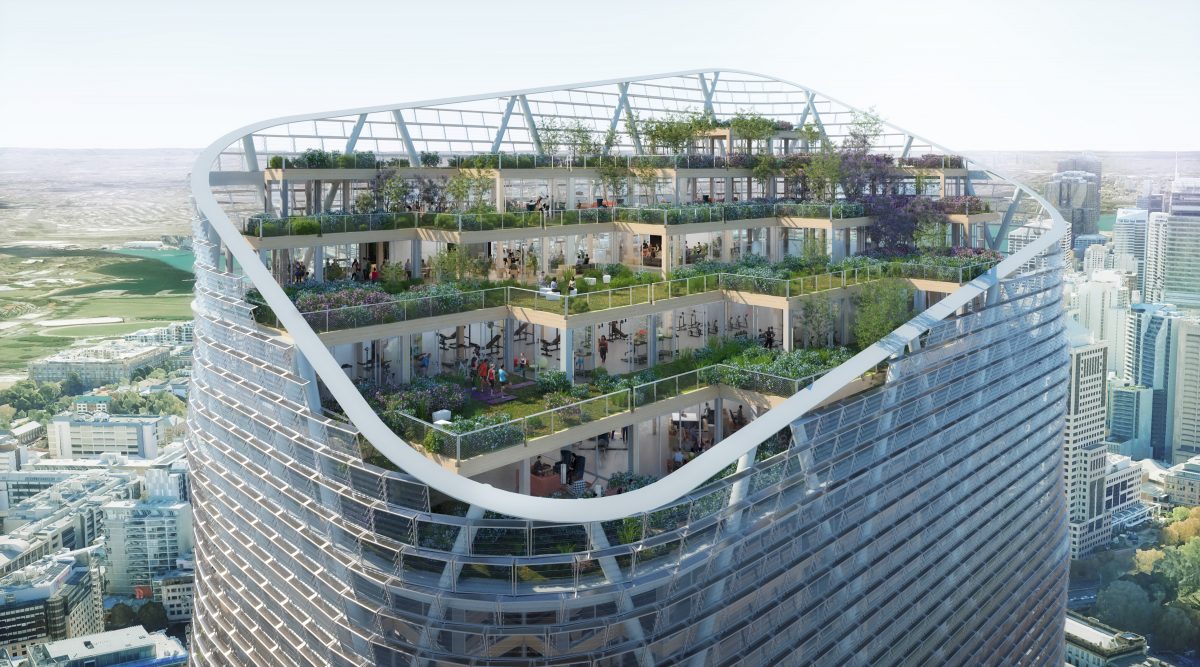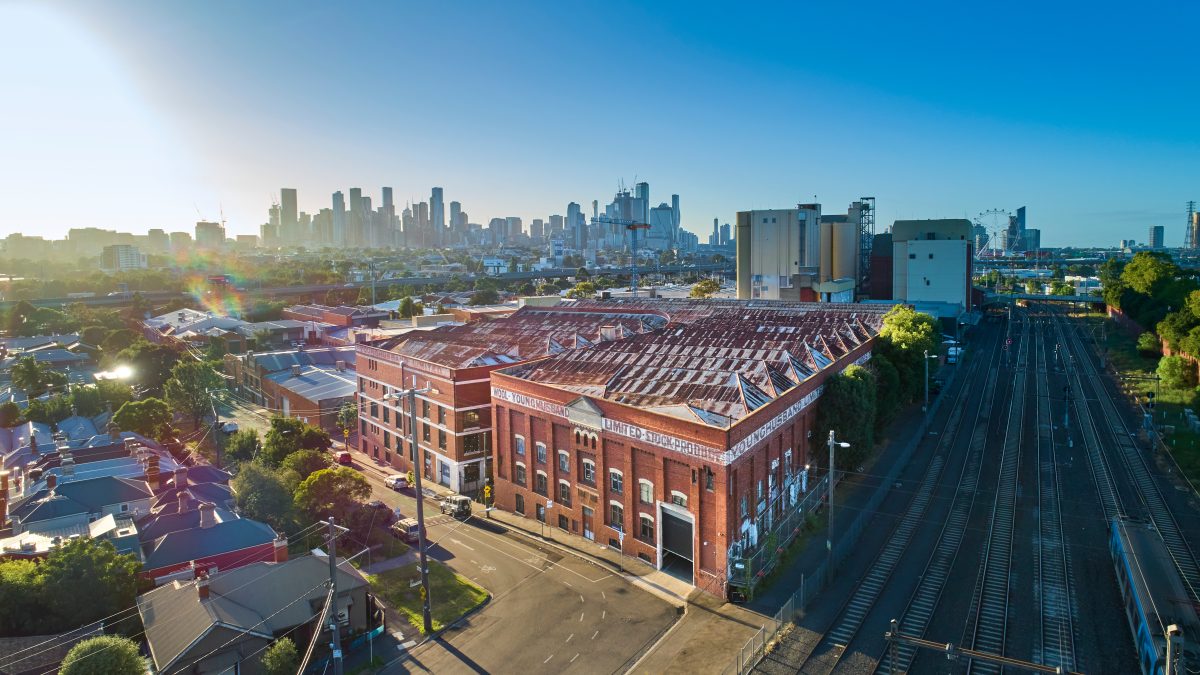Driving sustainability through innovation at 637 Flinders
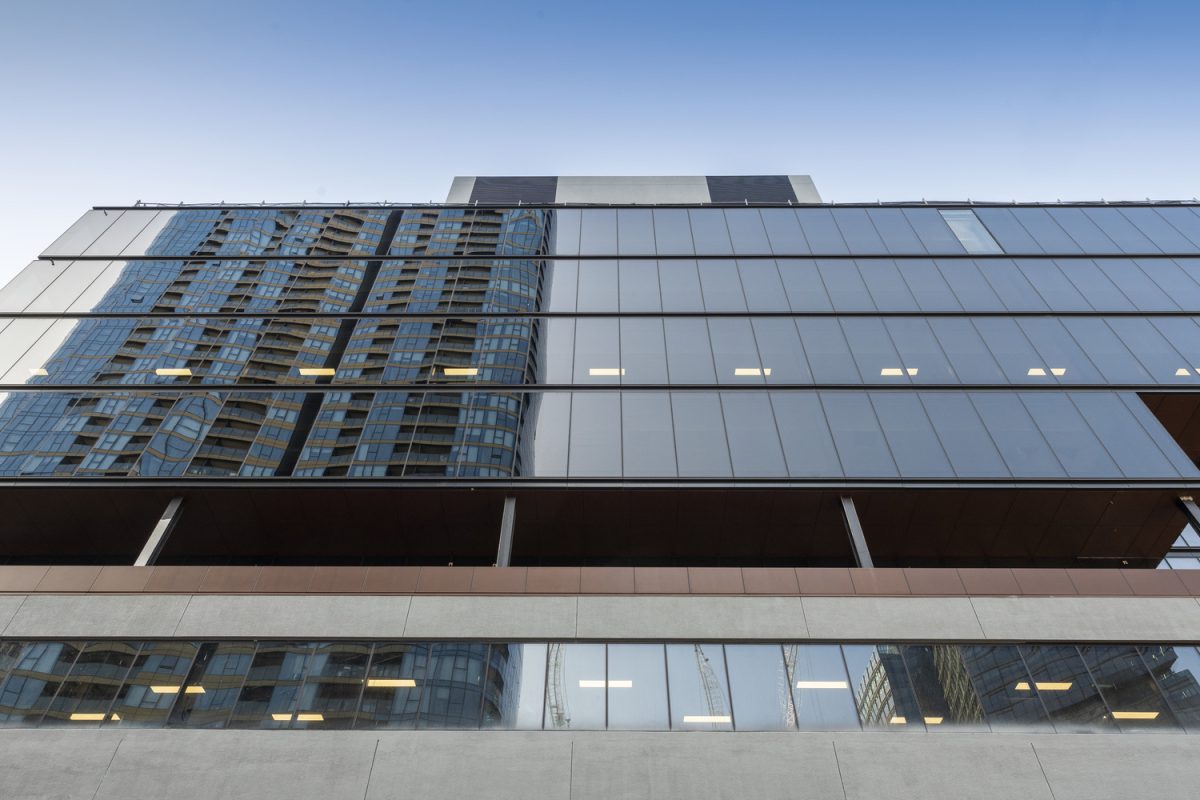
With a predicted 85% of carbon emissions from Australia’s future building stock coming from embodied carbon, landowners are increasingly taking a circular approach to resources. In property development, this means a heavy focus on re-using existing buildings; as was the case at 637 Flinders St, Melbourne.
Tasked with the challenge of delivering a compelling workplace offering that maximised building retention, the project involved the complete refurbishment of the 14-storey building, floorplate expansion and re-orientation, as well as façade and services upgrades.
One way to reduce embodied carbon on a project is to rationalise the design and reduce the volume of new materials.
Instead of producing over 5,000t of embodied carbon through concrete materials expected for a new build of this size, the 637 Flinders St project produced only 151t of embodied carbon from concrete materials.
“Refurbishing the building, rather than opting to demolish and rebuild, allowed us to achieve a significant reduction – 80% in fact – in embodied carbon from a typical new build,” said Philippine Le Jalle, Project Engineer.
“In addition to enhancing the end user experience through improved amenity, services upgrade and increased floor space, this approach also provides lower impact on the environment,” she said.
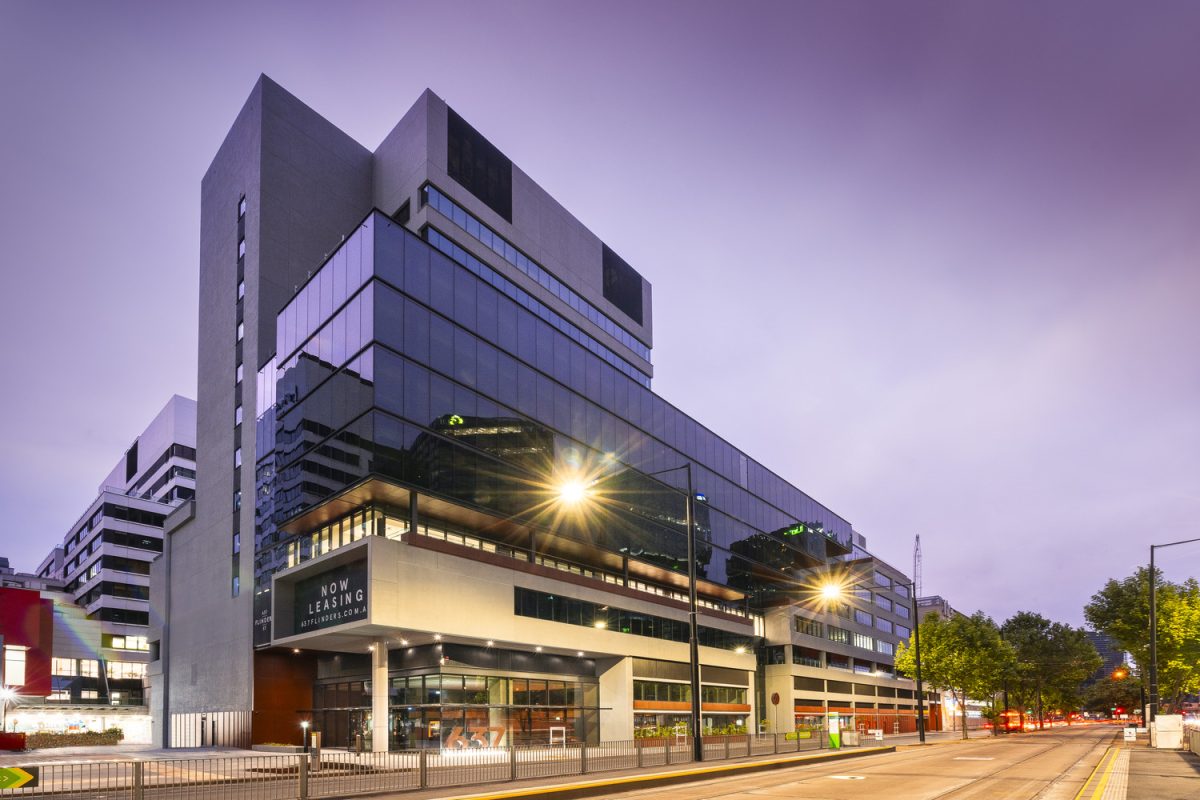
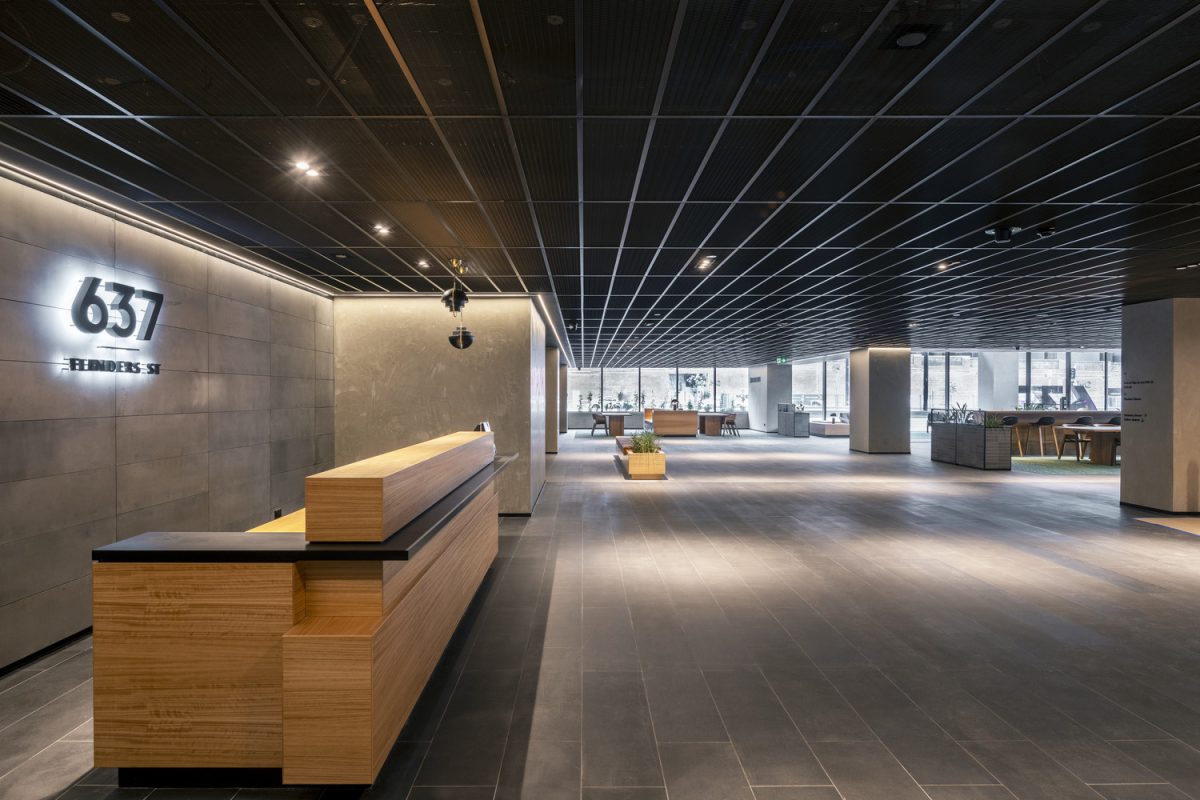
As with any building refurbishment, there were several additional complexities the team had to consider, including whether the demolition and rebuild of the shear wall would work. Enter digital engineering (DE).
“Using the 3D model, we were able to layer in the sequence of construction and resolve design limitations during planning, such as structural and services designs,” said Cameron Livori, Site Manager.
“Not only did the refinement of the layout lead to the creation of additional NLA, it also resulted in a more efficient and safer outcome in delivery,” he said.
Through a whole-of-project-team uptake of digital engineering, the team have also used DE to bring forward the long-term operational planning for the project. By using DE to set the building up for success during construction, the project team has been able to extend the life cycle of the building assets.
